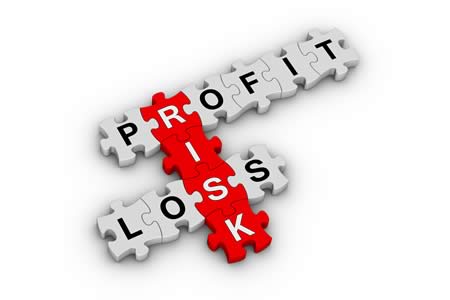In the comings and goings of business, risk is often treated as a canary in a coalmine. It’s seen as a warning of things going wrong, but not much else. Departments note risk as a matter of routine, just in case things don’t unfold as they should. Spreadsheets record the data, which is often as far as it goes. At best, the value of such activities is usually measured through the impact of insurance policies. As far as strategy goes, risk rarely helps paint the bigger picture.
This is a severely underused resource in the accelerating business landscape, something executives are realising. According to a recent Deloitte survey on the topic, only 13 percent of businesses regard risk as only to prevent losses. Companies want to make revenue-impacting decisions with confidence, clarity and speed. Insight is more valued than ever, hence the growing interest in predictive analytics. But even on an operational level, where the future is not as important as today, real-time decision making is a valued trait. All of this is powered by data – and risk is teeming with relevant data.
“Many of our customers talk to us because they want to simplify risk and make it less of a burden,” said Riaan Bekker, Force Solutions Manager at thryve. “Then they start discovering that you can do a lot more once you have your risk data gaining exposure beyond the silos.”
The reason why risk data tends to stay within the relevant parts of the business is because of simplicity. Manually aggregating data from multiple sources is cumbersome and fraught with inefficiencies. The laborious nature of audits are witness to that. Technology can automate much of it, but such a system is complex and expensive to build. Until the recent maturation of the cloud, there was no alternative.
Today’s situation is different. Data can be sent securely to central cloud platforms, which compile and collate the insights into dashboards. From the top level drilled down to as deep as it can go, data is being presented in intuitive and digestible ways that enable fast decisions and astute predictions. All at very low costs, because cloud systems benefit heavily from scale and are tried-and-tested across thousands of use cases. It’s the sophistication and the power, without the hefty price tag. The business gets to interact with the insights without IT being bogged down in running the underlying architecture.
But Bekker said the real change, beyond cost and power, is integration: “For me, what the cloud really brings to the table is this idea of openness. Cloud platforms such as Riskonnect are agnostic and can connect with core business systems through APIs. It means that nobody has to dump the applications they trust. It also means deployment is fast, sometimes days or weeks, and it expands as needed. There is no stockpiling. It’s the death of rip and replace.”
That paradigm fits very well with risk’s quagmire. It bridges silos and cuts the cost of operating technology that can aggregate the risk data. This is also in step with growing expectations in companies. In the same Deloitte survey, C-suite executives overwhelmingly want risk to play a more strategic role. But with fewer than 17 percent of those respondents using risk to drive returns, it’s a competitive edge that still sits with a few.
This is perhaps because many still consider the cloud as insecure and uncontrollable when critical business data is involved. But that is not the reality of what cloud offers, said Bekker:
“Connectivity costs are falling and cloud platforms are much more secure. Many companies already put their disaster recovery onto the cloud. That shows the level of faith that cloud is the best way to manage data. You maintain full control. It can start as a proof of concept and evolve as needed. In fact, it’s better, because you now always know where your data is and you can put it to work.”




